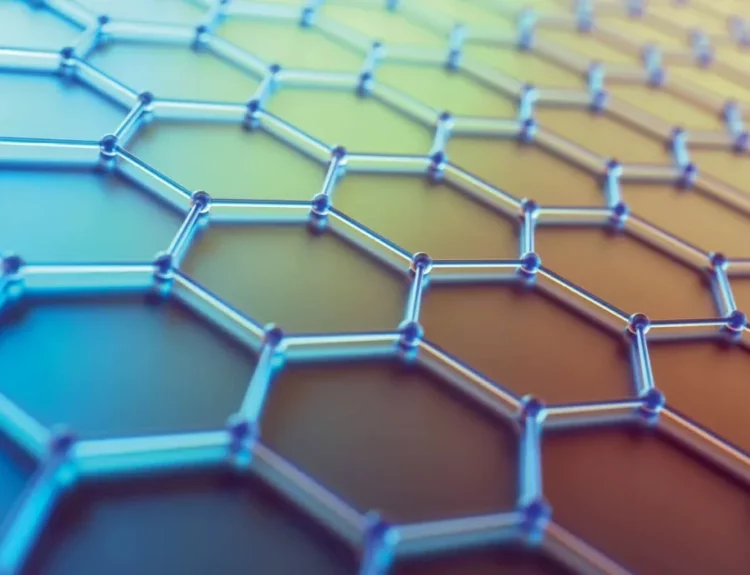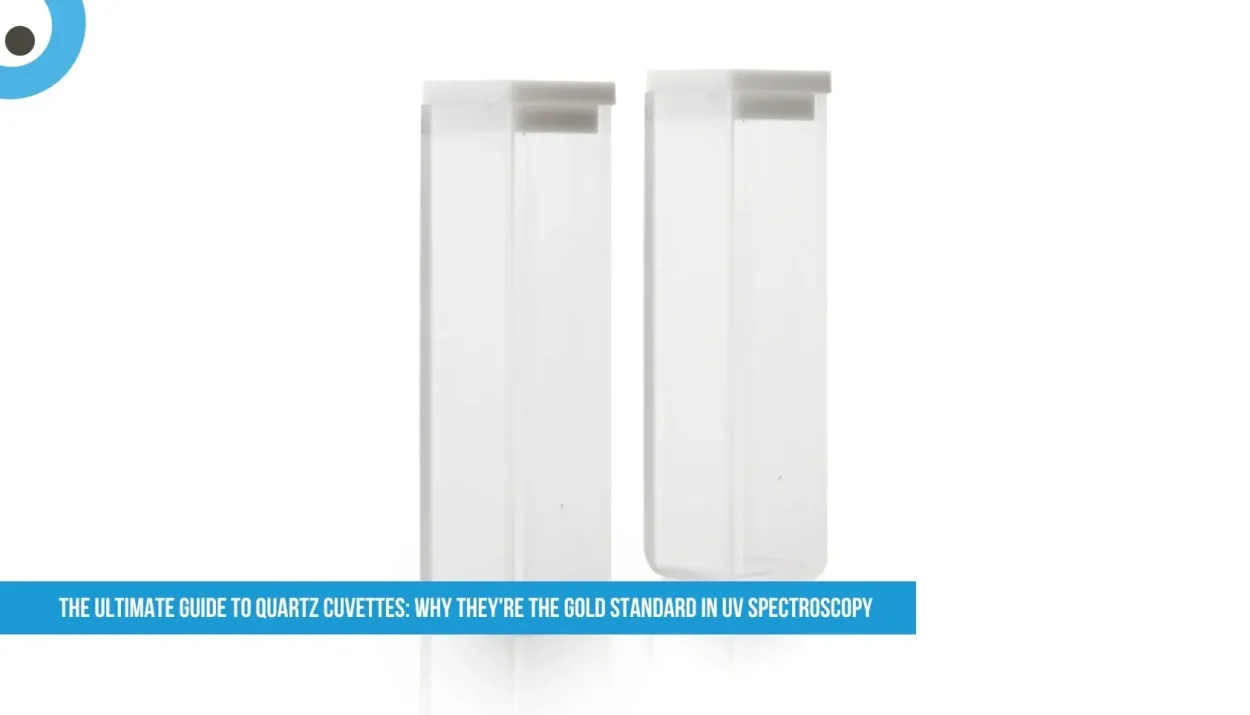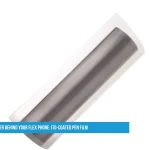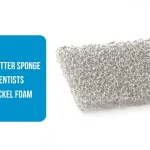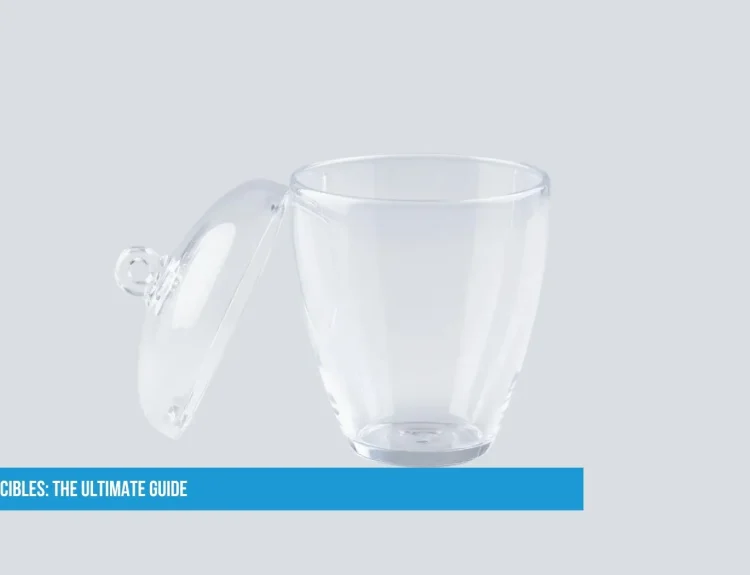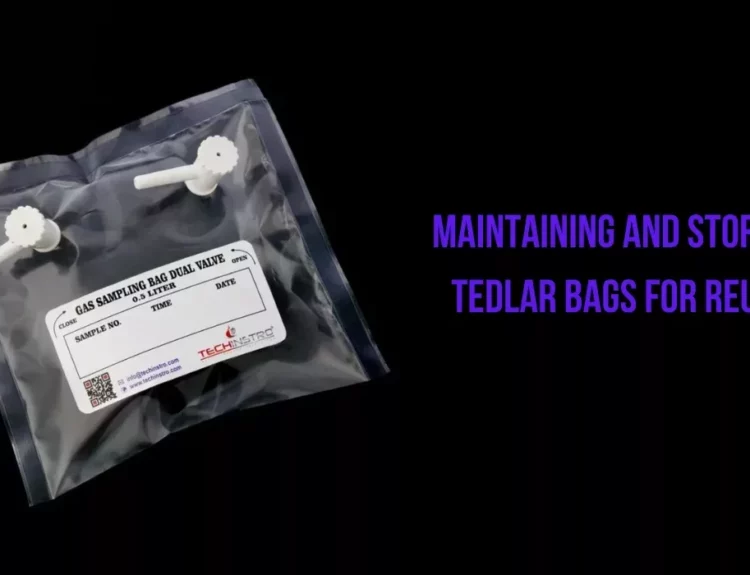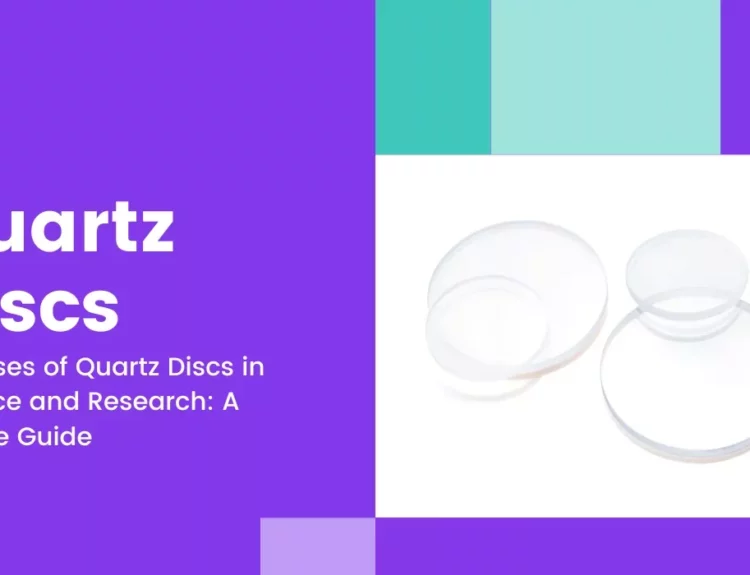If you’ve ever seen a colorful solution in a small, square container in a lab, you’ve likely seen a cuvette. But not all cuvettes are created equal. When it comes to the most precise and powerful measurements in ultraviolet-visible (UV-Vis) spectroscopy, one type reigns supreme: the quartz cuvette.
First, what is a Cuvette and What Does it do?
Imagine you need to measure how much light a particular liquid absorbs. You can’t just shine a light through a beaker—the shape is irregular, and the glass might interfere. You need a perfect, miniature “test tube” with flat, parallel sides that fits precisely into your instrument.
That’s a cuvette. It’s a small, typically rectangular container designed to hold liquid samples for spectroscopic analysis. The instrument (a spectrophotometer) beams light through the cuvette, and a detector on the other side measures how much light makes it through the sample. This information provides details about the sample’s concentration, purity, and other properties.
So, why is Quartz So Special?
This is the key question. Cuvettes can be made from plastic, glass, or quartz. The choice depends on the type of light you need to use.
- Plastic Cuvettes: These are cheap and disposable, perfect for teaching labs or quick visible light measurements (like the kind we see with our eyes). However, they scratch easily and absorb UV light, making them unsuitable for UV spectroscopy.
- Glass Cuvettes: These are more durable than plastic and work well for measurements in the visible light range. However, most glass absorbs ultraviolet light below ~350 nm. If your experiment involves UV light, a glass cuvette will block it, ruining your measurement.
- Quartz Cuvettes: This is where the gold standard comes in. Quartz, specifically fused quartz, is exceptional because it remains transparent across a vast range of light wavelengths.
The Magic of UV Transparency
The defining feature of quartz is its high UV transparency. While glass and plastic block UV light, quartz allows it to pass through with minimal absorption.
Standard Quartz (UV): Transparent down to ~190 nm. This covers the entire UV and visible spectrum, which is from about 190 nm to 800 nm.
High-Purity Quartz (Far-UV): Transparent down to ~170 nm or even lower. This is essential for specialized far-UV experiments.
This means that if you are studying biomolecules, such as DNA, proteins, or many pharmaceuticals, that strongly absorb light in the UV range (often around 260 nm or 280 nm), a quartz cuvette is your only option.
Key Advantages of Quartz Cuvettes: Beyond Just UV
It’s not just about UV light. Quartz cuvettes offer a suite of benefits that justify their higher cost for critical work:
Excellent Optical Clarity: They are incredibly clear, providing minimal distortion for the most accurate light transmission measurements.
High Thermal Resistance: Quartz can withstand very high temperatures and rapid temperature changes without cracking. This is crucial for experiments that require heating a sample directly in the cuvette.
Superior Chemical Inertness: They are highly resistant to corrosion from acids, bases, and organic solvents (with a few exceptions like hydrofluoric acid, which dissolves quartz). A glass or plastic cuvette might cloud or degrade when exposed to harsh chemicals.
Extreme Durability (Mechanical): While more expensive, a good quality quartz cuvette is a long-term investment. With proper care, they can last for decades without scratching or clouding, unlike their plastic counterparts.
Are There Any Downsides?
The only real downside is cost. Quartz cuvettes are significantly more expensive than those made of plastic or glass. This is due to the complex manufacturing process of machining and polishing hard fused quartz to exact optical specifications.
They are also not unbreakable. While durable, they will shatter if dropped on a hard surface. Their cost means they require careful handling and cleaning.
Types of Quartz Cuvettes
Not all quartz cuvettes are the same. The main types are defined by their pathlength—the distance the light travels through the sample.
- Standard (Macro) Cuvettes: Hold a relatively large volume (1.5 – 4.5 mL) with a common pathlength of 10 mm. These are the workhorses of the lab.
- Semi-Micro Cuvettes: Designed to hold smaller sample volumes (0.5 – 1.5 mL) while maintaining a 10 mm pathlength. They have smaller external windows but are built to focus the light through the smaller sample area.
- Micro-Volume Cuvettes: For extremely precious samples (as low as 5 µL). They often use a special design that holds a tiny droplet between two windows, creating a very short path length (e.g., 1 mm or 2 mm).
You’ll also see them classified by their optical quality:
Standard (2 sides polished): Only the two opposite sides through which the light passes are polished. The other two sides are ground. These are fine for most routine applications.
High Precision (4 sides polished): All four sides are optically polished. This is crucial for advanced applications, such as fluorescence spectroscopy, where light may need to pass through the cuvette at various angles.
Caring for Your Gold Standard: Handling & Cleaning
Treat your quartz cuvettes with the same care and precision they deserve!
- Handling: Always hold them by the frosted or ribbed top sides. Never touch the clear, polished windows with your fingers, as oils and dirt will affect your readings.
- Cleaning: Rinse thoroughly with the solvent you will use next (often distilled water or ethanol). For stubborn residues, gently soak them in a mild detergent solution or a solution of nitric acid (for organic matter), followed by thorough rinsing with distilled water.
- Drying: Use a soft, lint-free tissue or a gentle stream of air to dry. Avoid aggressive wiping that could scratch the optical surfaces.
- Storage: Store them in their protective cases when not in use to prevent dust, scratches, and chips.
The Bottom Line: When Do You Really Need One?
Use a Quartz Cuvette if: You are performing UV spectroscopy (any wavelength below ~350 nm), using harsh chemicals, applying heat, or require the highest possible accuracy and durability.
A Glass or Plastic Cuvette is Fine if: You are only making measurements in the visible light range (e.g., 400-700 nm) with non-corrosive, aqueous samples, and budget or disposability is a primary concern.
In summary, quartz cuvettes are the gold standard because they provide unparalleled performance across the entire UV-Vis spectrum, coupled with exceptional durability and chemical resistance. For any serious analytical work, they are not just an option—they are a necessity. Investing in a good set of quartz cuvettes and caring for them properly is a cornerstone of reliable spectroscopic data.
